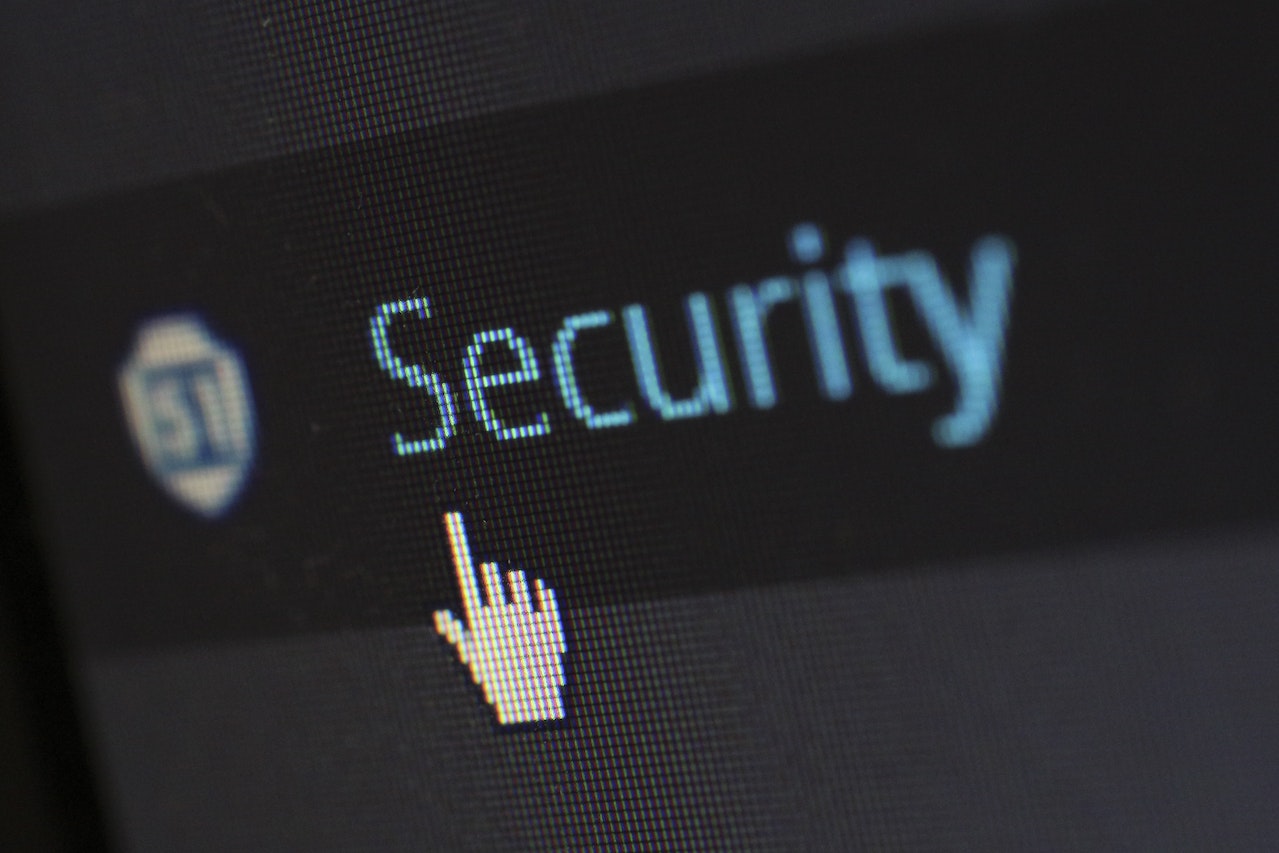One of the biggest threats thriving in our world today, especially for businesses, is cyberattacks, hackers, viruses, and other dangers that can bring entire corporations to their knees or even completely ruin them. We see this again and again in the news. Here, a business was hacked and information was stolen; there, a company was practically held hostage for ransom. But even with all this going on, for some reason very few people take active measures and precautions against these attacks; perhaps as these dangers are not material, they can’t really be seen, so most people feel like they aren’t really a problem. They are. But what can you really do against them? Well, quite a few things, as it turns out, so allow us to give you a few pointers so that you can better protect your business against those who wish to harm it.
Back-Up Data
The first thing we suggest is to back up all your data and website. In case you experience computer issues or even a cyber incident, you can quickly retrieve everything important. So, it is pretty much essential to regularly back up your most important information and data. But, you don’t even have to do that yourself as there is help available. Simply take a look at this trusted IT company in Chicago so you can pretty much just leave everything IT related in their hands and get back to whatever else you have to do. Also, try to regularly check and test whether you can safely restore your data from your backup; you never know what other issues can be lying dormant under the hood, only springing out when you are in distress. It never hurts to make sure.
Secure Your Devices
Make sure to always update the software on your devices and have the newest drivers, as old, faulty software has been the demise of many computers, and many updates contain security upgrades for more recent attacks or viruses. Many of these anti-viruses and updates allow you to schedule their download at a time of your choosing, such as after business hours or at any other time that is more convenient for you. Serious security flaws are often found and fixed by these updates, so again, try not to delay downloading them for too long. Also, in case you don’t already have them, make sure to download reliable, effective security software, which should ideally include anti-virus, anti-spam, and anti-spyware filters.
And Secure Your Network
Make sure to secure your networks as much as you can. A great place to start is using a firewall, which, in accordance with its name, basically acts as a sort of wall between your computer and the internet, a sort of virtual gatekeeper regulating all the traffic coming in and going out. It will protect your internal networks, but it also needs to be patched regularly to effectively continue working. You also are going to want to use spam filters to reduce the amount of spam and fake emails your business almost certainly receives constantly, mainly because they can be used to infect your PC with malware or viruses or even steal confidential, important information. In case you do receive these emails, the simplest thing to do is just delete them, but a good spam filter will reduce the number of fake emails you and your employees get.
Install SSL Certificate
This one is going to get a little complicated but is nevertheless important. Most smaller businesses think that running a website on HTTP is enough to protect them from any hackers that might be looking for a payday. This is sadly not the case, as they are working near-constantly to find any unencrypted PII. So to counter this, one of the best things you can do is switch to the HTTPS protocol, which boils down to HTTPS equals HTTP+SSL. In essence, this is a digital protocol that lets you secure data between a web browser and the client-server, which helps keep hacking attempts at bay.
Multi-Factor Authentication
Ensure you use MFA, which is a security verification process. It requires you to provide multiple proofs of your identity—two or more—before you can access your account. Steam, for example, implemented this recently, where they make you approve the sign-in from your phone first before you can log in from your desktop, laptop, or whatever. It basically adds another layer to the security onion to make it harder for any would-be attackers who want to put their grubby little hands into your hard-earned work.

Passphrases
Passphrases, passwords? Aren’t they the same thing? No. Passphrases are basically passwords, but a collection of them, so a phrase or a collection of words, that are easy for humans to remember but quite difficult for machines to crack, and they are very effective in protecting access to your devices and networks. A secure passphrase should be quite long, ideally at least fourteen characters long, or four or more words put together. Try to include capital letters, numbers, and special characters, too. Making the passphrases unique from device to device is also helpful.
Train the Staff
Educate your employees on cyber-security; teach them what to look out for and what to avoid, so you all cast a wider, more informed net and it is much harder for anyone to slip through. It is very important that they all know about the threats they may face and their role in keeping your business safe. Educate them about good passwords and passphrases, identifying and avoiding cyber threats, and what to do when encountering these dangers or how to report them.
You can never be too prepared or too careful nowadays when it comes to anything that involves the digital world and all the dangers lurking inside. If you are going to run your business well and safely for any length of time, these are things you simply have to know and be aware of how they work and so on, lest you become a victim of them yourself.





